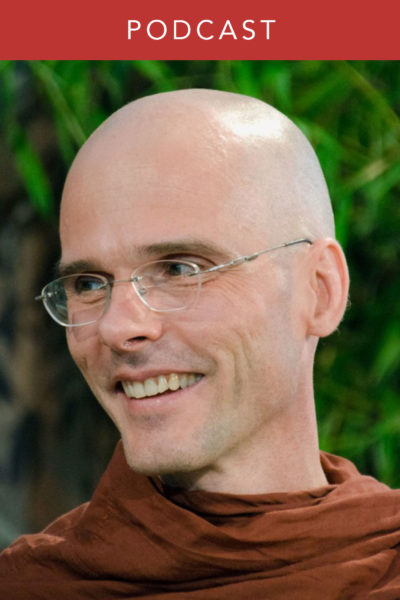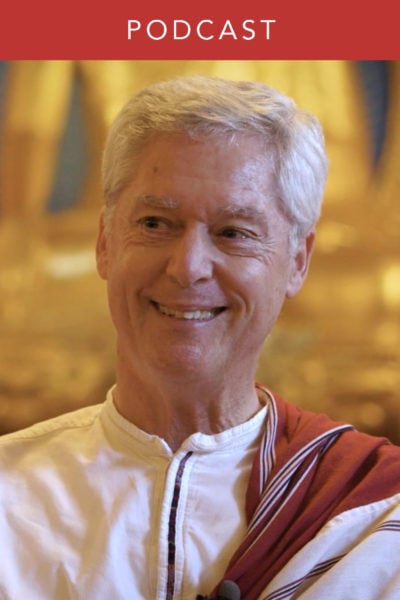Alan Wallace comments on the final pages of The Foolish Dharma of an Idiot Clothed in Mud and Feathers, taking us through Düdjom Lingpa’s song of experience. Read along in the excerpt below or on page 156 of the PDF of the root text found in Lesson 1, or in your copy of Heart of the Great Perfection.
This is called illumination by primordial consciousness of the face of the Great Perfection of saṃsāra and nirvāṇa.
All modification, alteration, hope, fear, doubt, negation, affirmation, grasping, exertion, investigation, and analysis are imputed by the intellect, and the intellect is not ultimate. The ultimate transcends the intellect, so you must know this critical point. When you are utterly settled, you may fall into error, and while you are present in the aspect of emptiness, thoughts may become hidden, beyond the scope of the creative expressions of pristine awareness. In this case, I say that thoughts become ethically neutral in the boundary between the mind and pristine awareness. Not veering away from the nature of existence of the Great Perfection of saṃsāra and nirvāṇa is a sublime and utterly crucial point. With it, all gods and demons and all of saṃsāra and nirvāṇa are liberated within themselves, with no distinction of good and bad. (more…)


